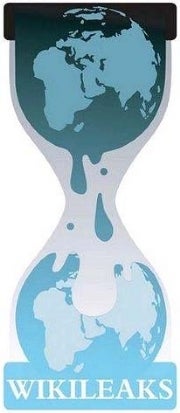
Wikileaks Offers Data to Map Afghan War Screw-Ups


Its magnitude is being compared to the release of the Pentagon Papers during the Vietnam war or the opening of the archives of the East German secret police, but unlike those events, netizens around the world have an opportunity to massage some of the data from the more than 90,000 secret military documents on the Afghan war published by Wikileaks and shared with The New York Times, the Guardian and Der Spiegel.
That’s because the London-based Guardian is offering a spreadsheet of some 200 incidents cited in the documents, all of them identified by geotag so they can be mapped on services like Google maps. The Guardian has also uploaded a map of the events with them color-coded by type. Incidents include attacks on civilians by NATO forces, allied troops attacked by friendly fire, Afghan units attacking one another and occurrences of demonstrations or unrest. None of the information it has released, the newspaper said, identifies intelligence sources or puts NATO troops at risk.
The United States has condemned the leak of the documents. The disclosure of the classified material could put the lives of Americans and its partners at risk and jeopardize national security.
Wikileaks is an international organization, based in Sweden founded to publish sensitive material from governments and other organizations leaked to it from anonymous sources. Previous postings have included former U.S. vice-presidential candidate Sarah Palin’s e-mail, a database of U.S. Congressional reports, and a list of premium subscribers to Fox commentator Bill O’Reilly’s website.
In a press conference held this morning in London, the director of Wikileaks, Julian Assange, a former Australian journalist, claimed the documents released through his organization include incidents of war crimes. He also maintained that the U.S. government requested the Australian government place Assange and Wikileaks staff under surveillance.